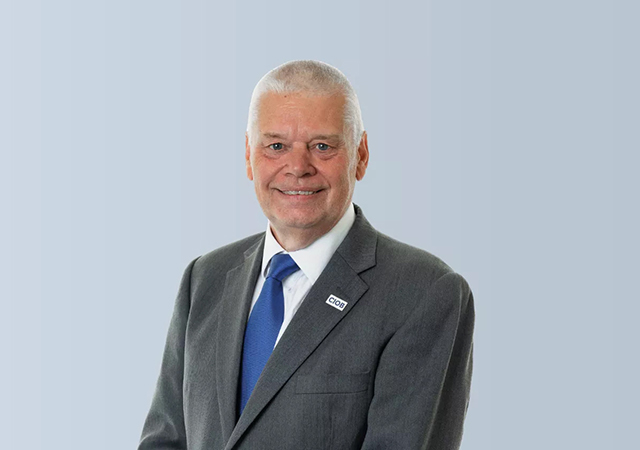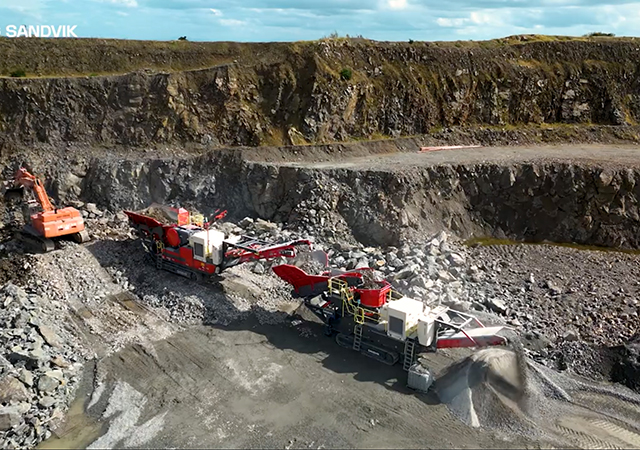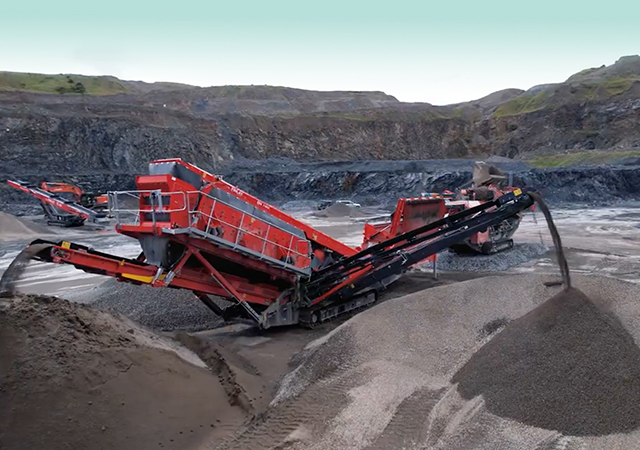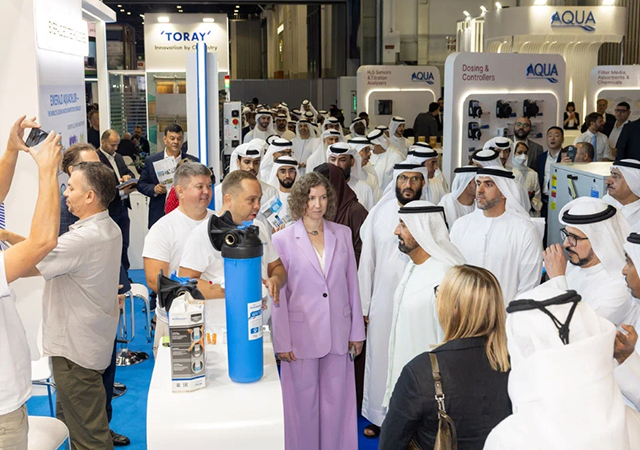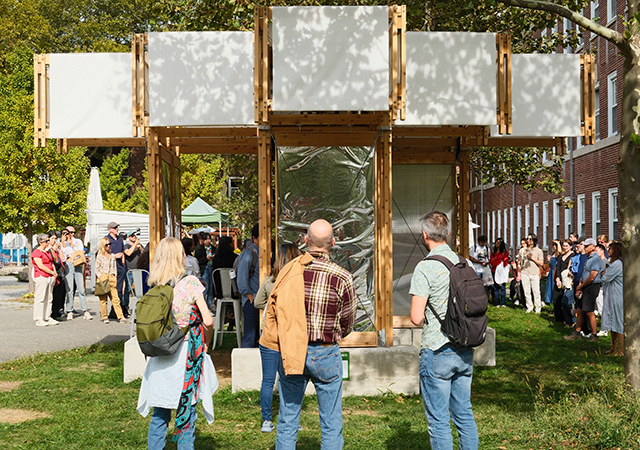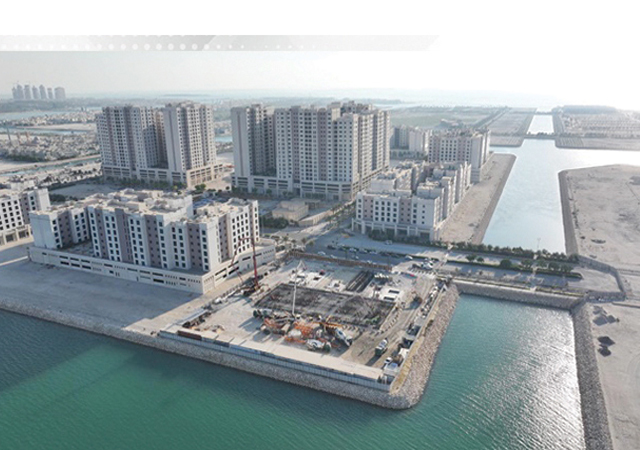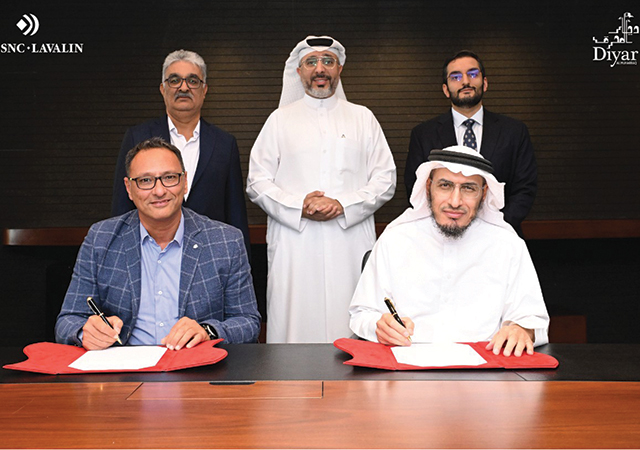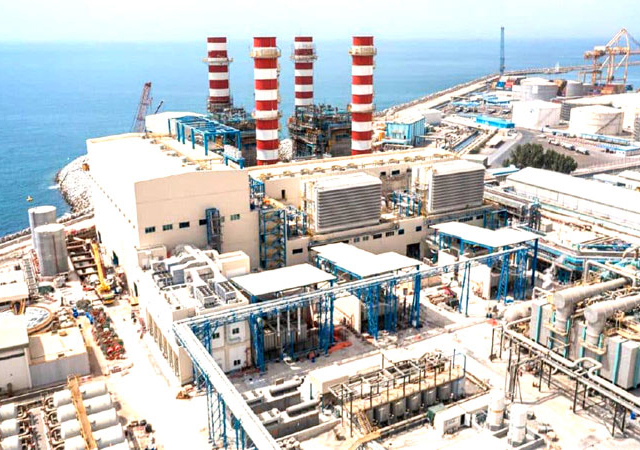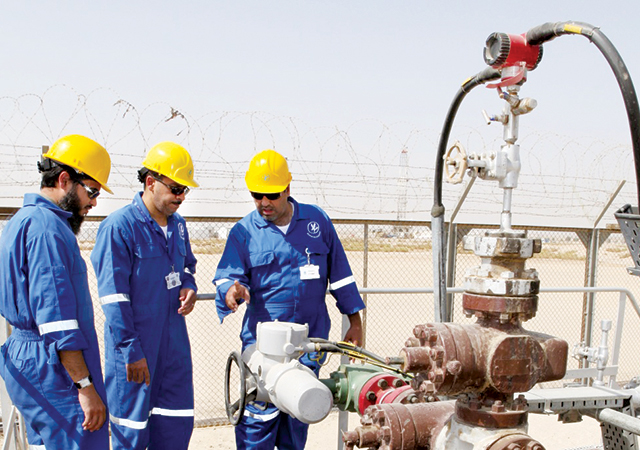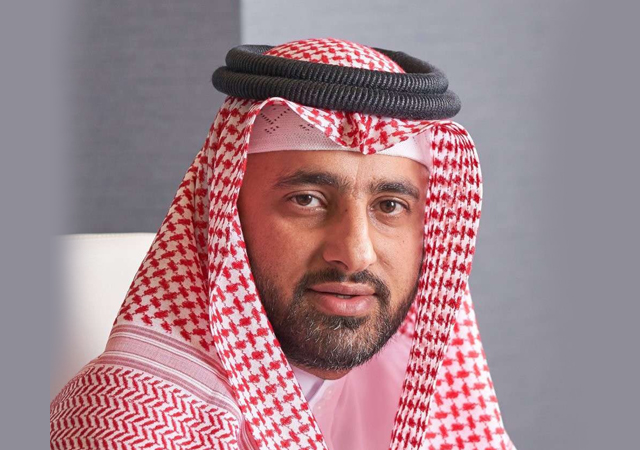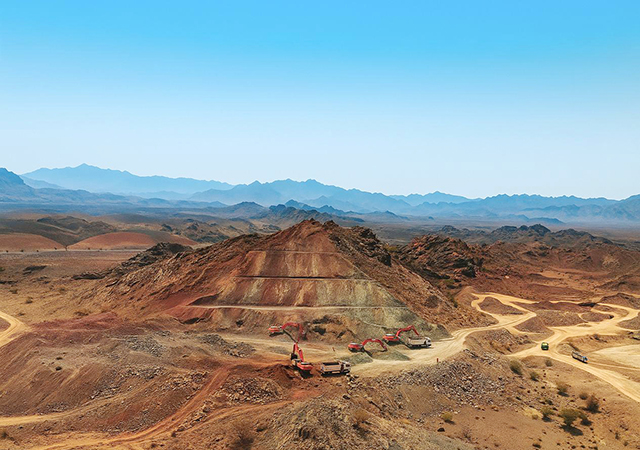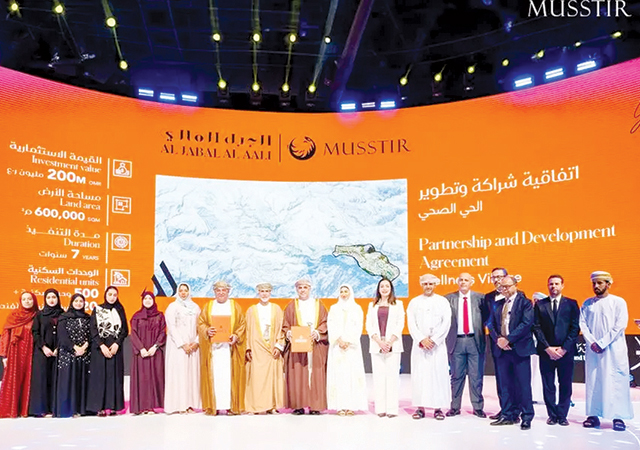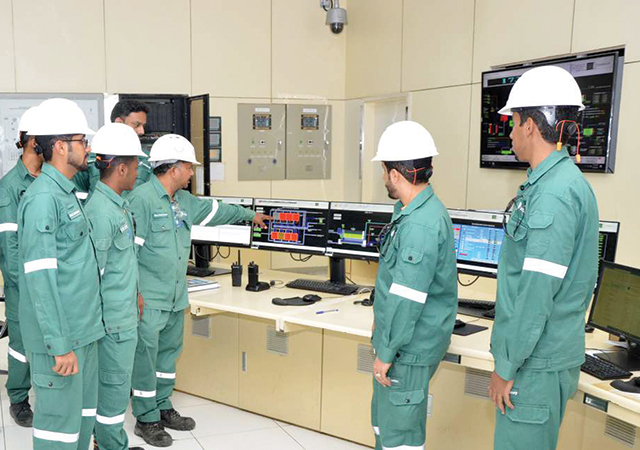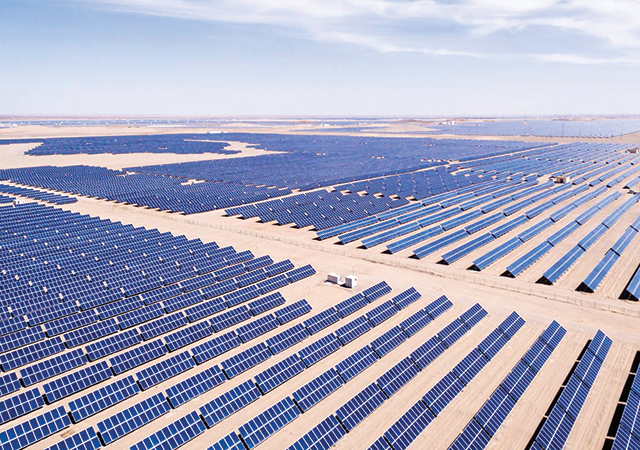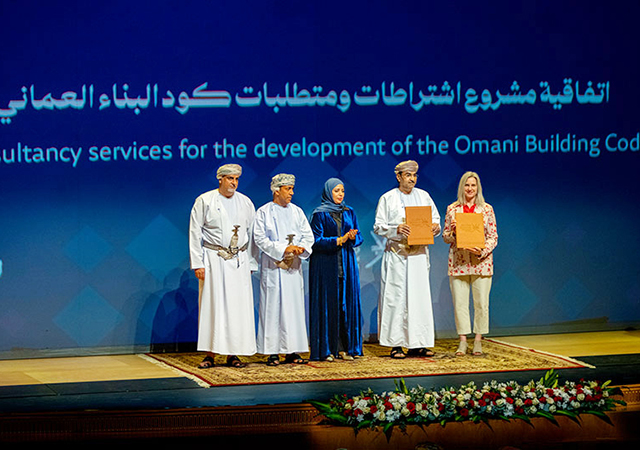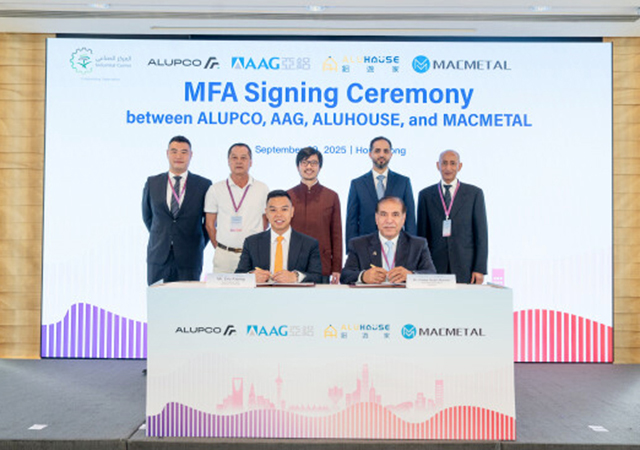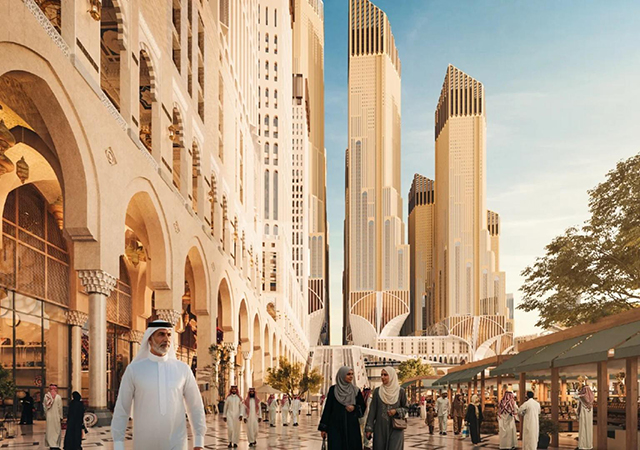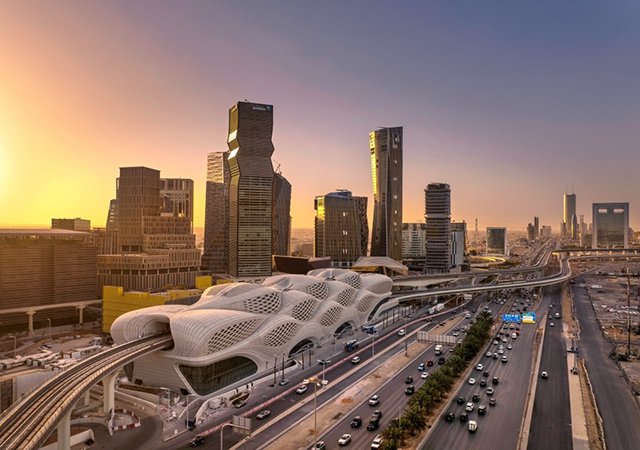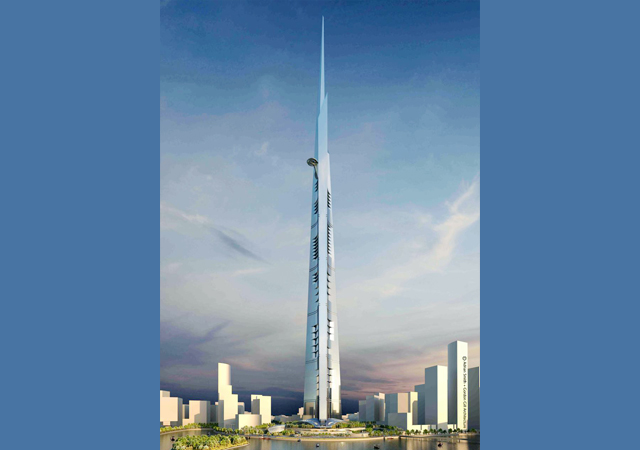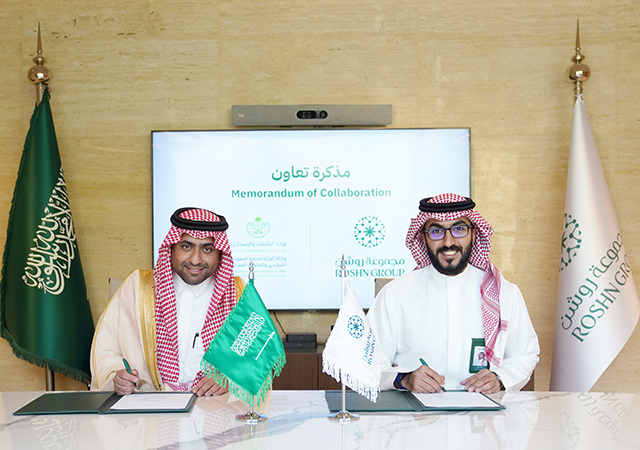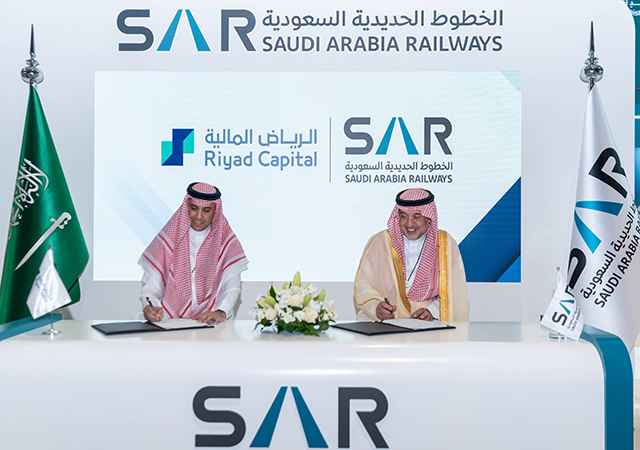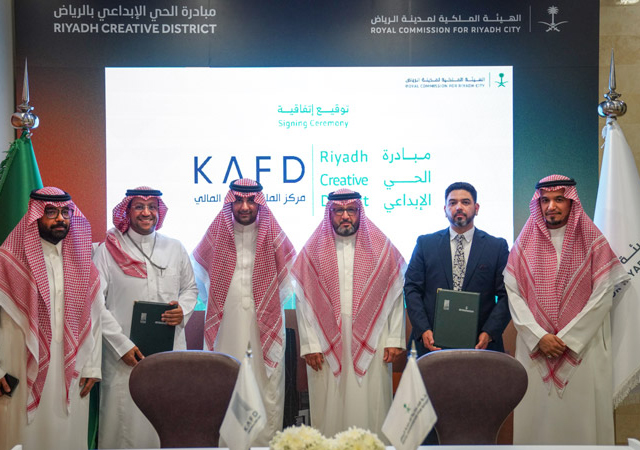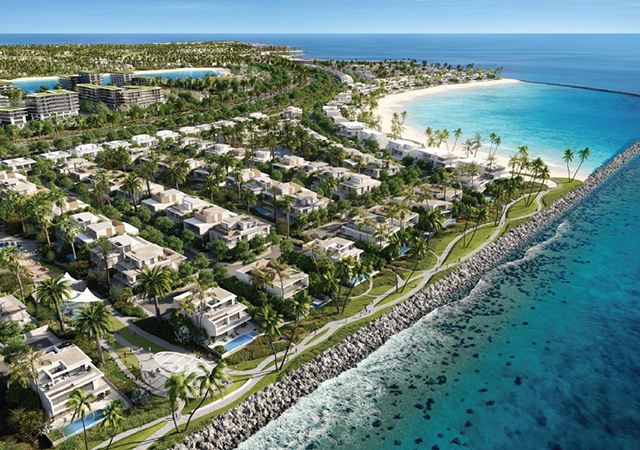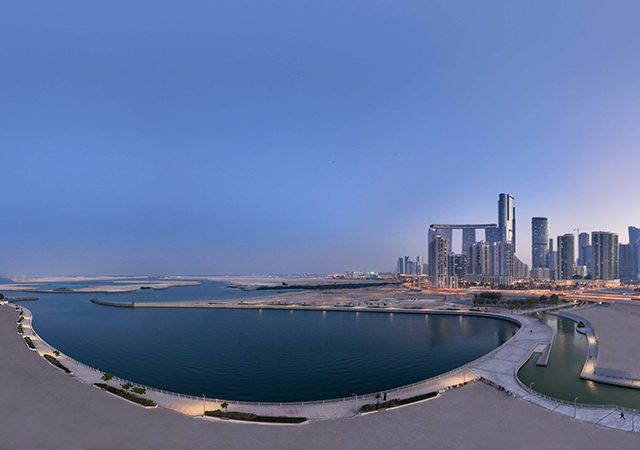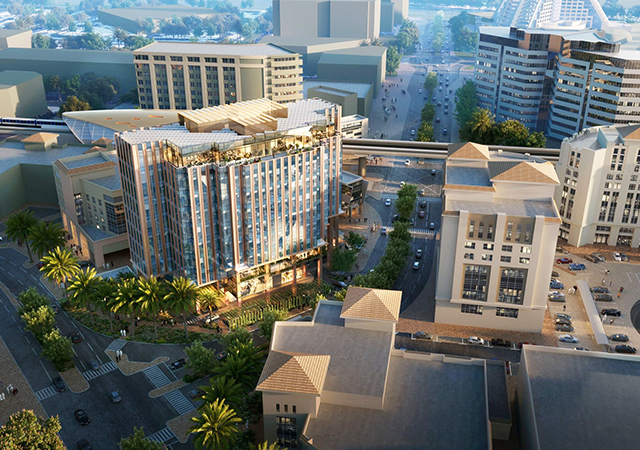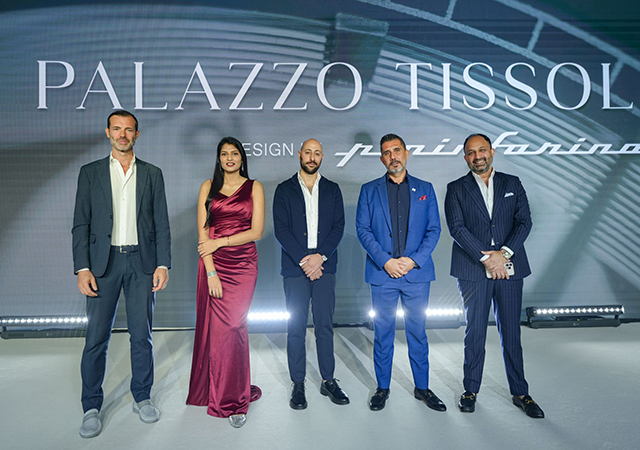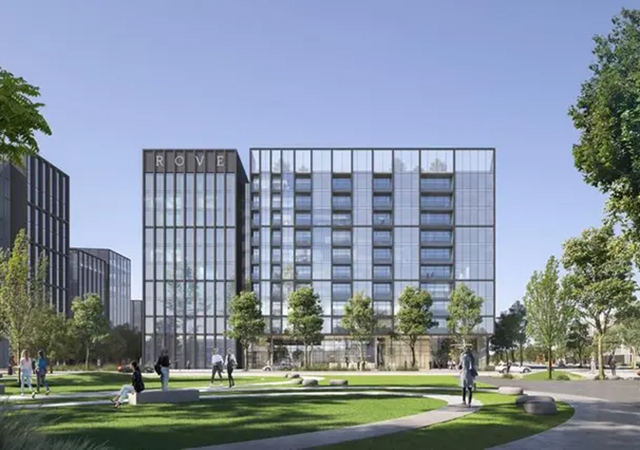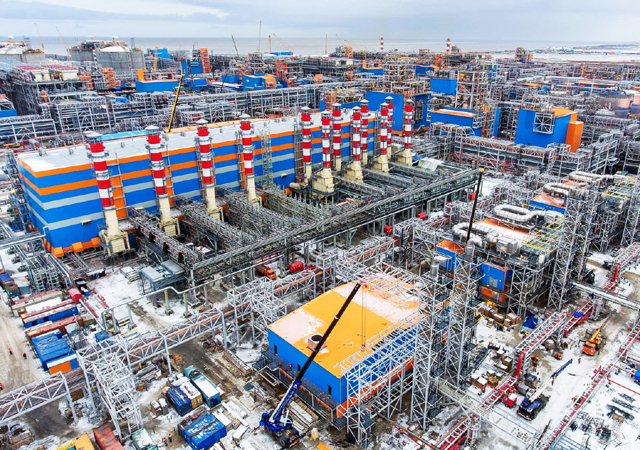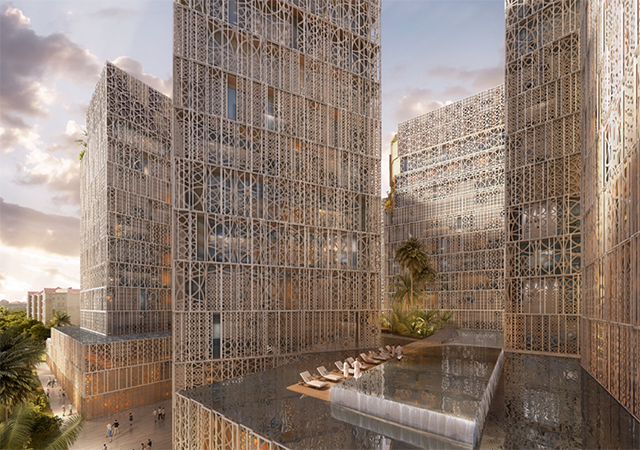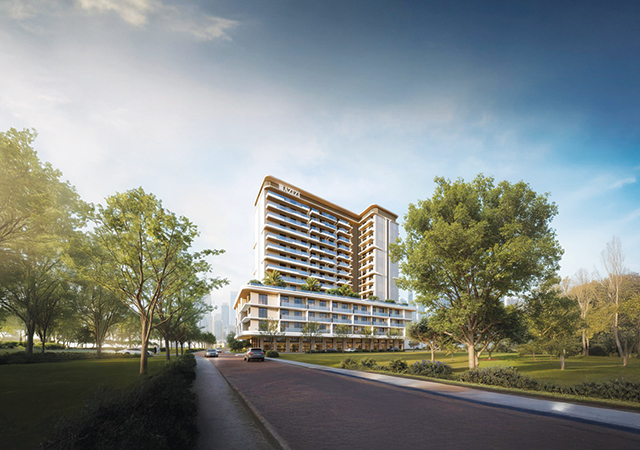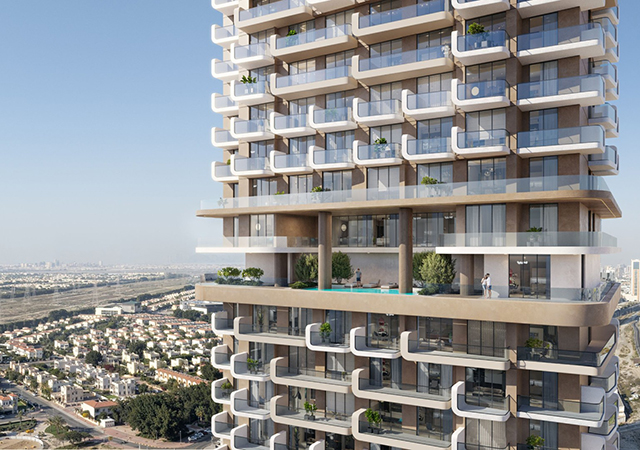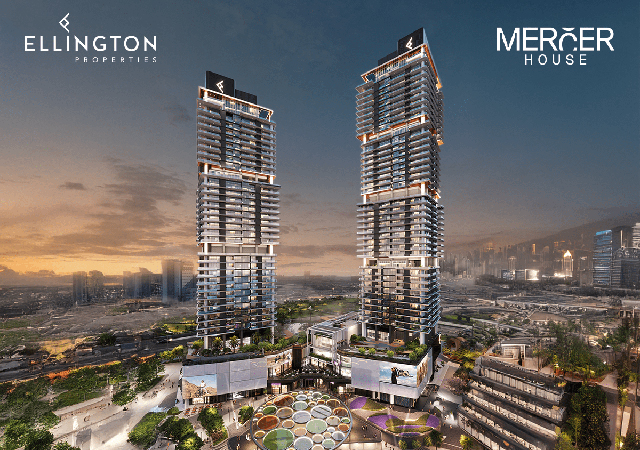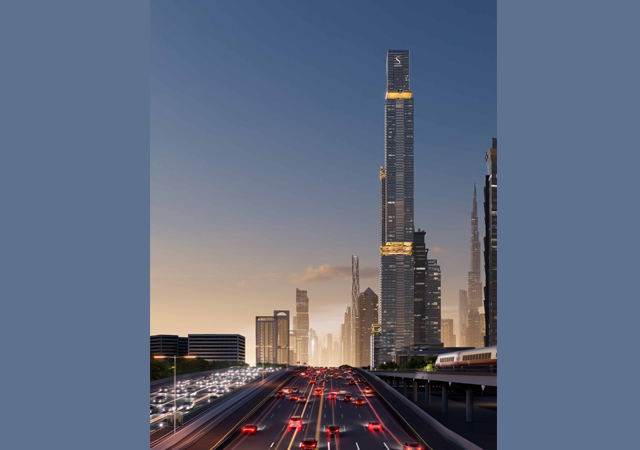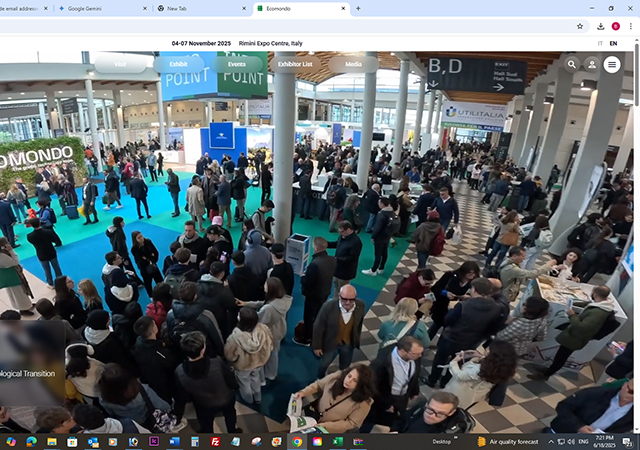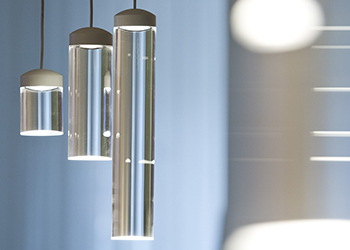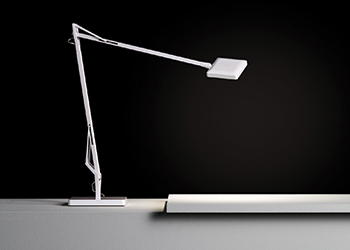
 The Mercato Restaurant in Dubai.
The Mercato Restaurant in Dubai.
The design theme, colour, furniture, lighting and space all play an important role in the success of a restaurant, says Draw Link Group
It’s not just the food dished up on the plate but also the ambience of a restaurant that is a major ingredient in its success, says Draw Link Group, a UAE-based architectural, interior design and fit-out company.
Today, the idea of a restaurant has gone beyond just a place to have an enjoyable meal; it is rather a place with a unique dining environment that aims to provide an overall pleasant experience, says a senior official at the company.
“Every component of a meal is important. However, it is the surroundings, the ambience and the people that significantly contribute to the memories that the guests will take away with them,” says Daousser Chennoufi, founder and CEO of Draw Link Group.
 |
|
Chennoufi ... creating memories. |
There are a few primary factors that play a major role in creating a restaurant’s ambience and design theme, he points out: “Furniture is an important part of interior design, with features such as comfort and functionality proven to be of a higher value for customers than visual shape. Our experience shows that the majority of restaurant guests would prefer softer and taller furniture.
“Additionally, there is a direct link between furniture preferences and the climate; in countries with cooler climates customers prefer venues with warmer upholstery, while in warmer climate zones they tend to prefer colder furniture, such as leather seating.”
He says it is important to create ample spacing between tables, as a lack of space could create a lack of intimacy, while too much space would make guests feel like they were ‘on show’.
Colour, according to Chennoufi, helps create a sensory stimulation and has a psychological association with the sense of smell as well as with appetite.
“For example, red and yellow have proven to be appetite stimulators, which results in people eating more and, therefore, are most commonly used in fast-food chains. Moreover, colours can directly influence your space perception. Dark warm colours can not only make a space look smaller but create a more personal and intimate feel,” he says.
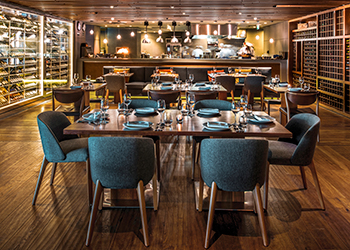 |
|
Marina Social at Intercontinental Dubai Marina ... Draw Link’s concept. |
Ambience
Ambience influence the mood of the guest which in turn affects the time spent at a restaurant and the amount of food and drinks ordered. Ambience is created through lighting, music, artwork and the design theme of a space.
Appropriate lighting completes the design thought, making the right accents on the furniture and all the objects within the space. Brighter lights can decrease the range of a meal duration, while dimmed lighting can make the atmosphere more comfortable and relaxed; and therefore increasing the time guests stay at a restaurant.
“Nowadays, there is a tendency towards smart luxury and informal dining, and customers tend to prefer modern venues with a casual, social atmosphere, rather than high-end venues,” Chennoufi says.
Another important factor is the exterior. “The exterior look of a dining space is important because it creates the first and last impression that customers have of a restaurant. However, interior design still remains a stronger influencer that adds value to the customer’s experience,” he says.
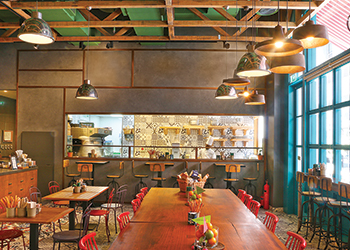 |
|
Ambience is created through lighting, music, artwork and the design theme of a space. |
Chennoufi is an expert architect behind innovative concepts such as the Intercontinental Dubai Marina and The Act Hotel, which is the first theatrically themed hotel in Sharjah, UAE.
The company
Draw Link Group is an architectural, interior design and fit-out company that offers a comprehensive, personalised and bespoke service. The firm offers a full interior design service from concept through to completion.
Established in 2007, the Dubai-headquartered firm operates across the Middle East region and has branches in Tunis (Tunisia), China and Belarus, and also provides innovative services in the UAE, Qatar, Algeria, Rwanda, Libya and Mauritania.






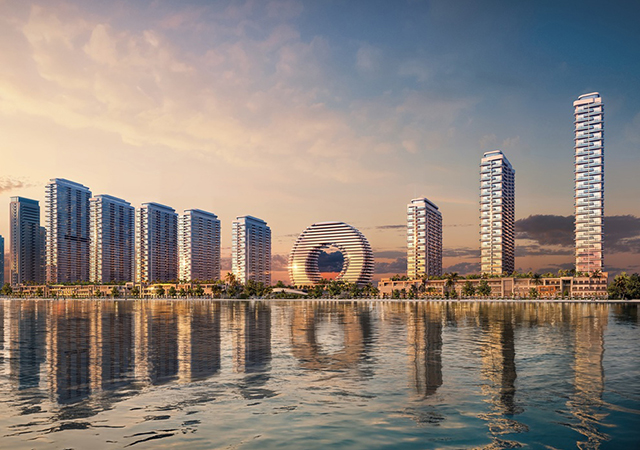

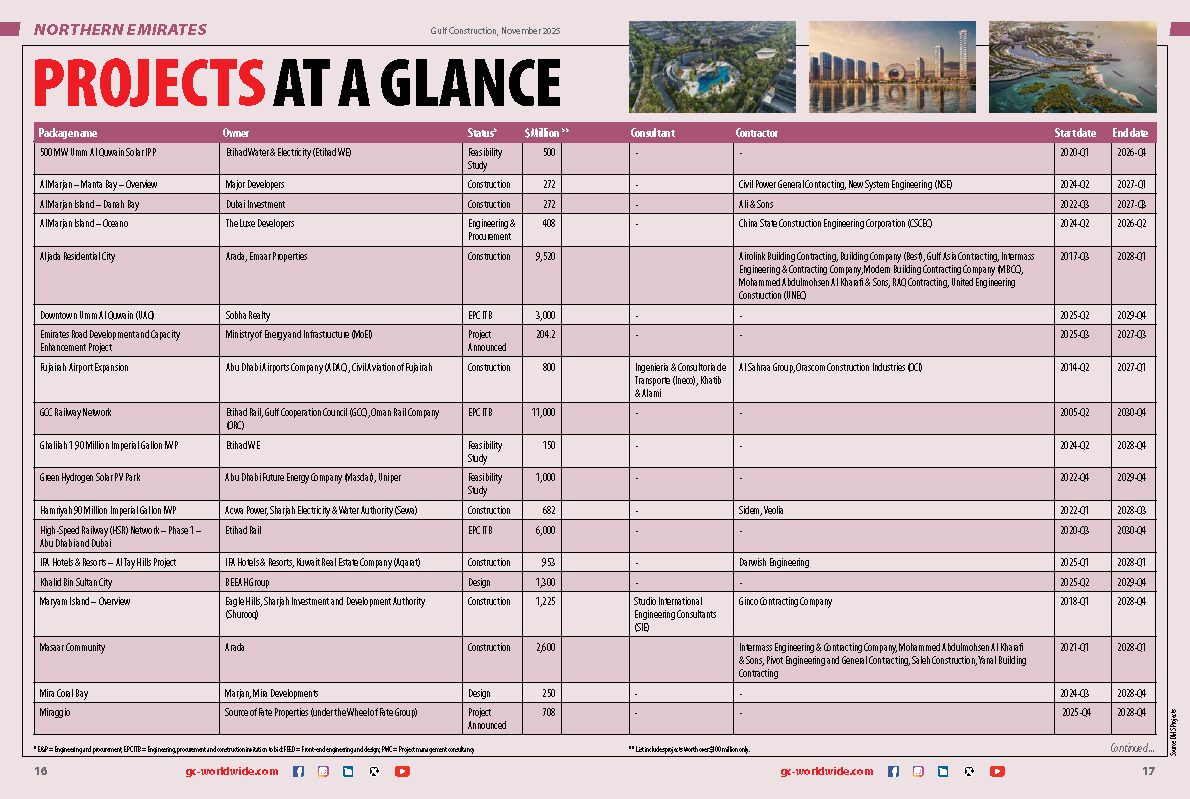
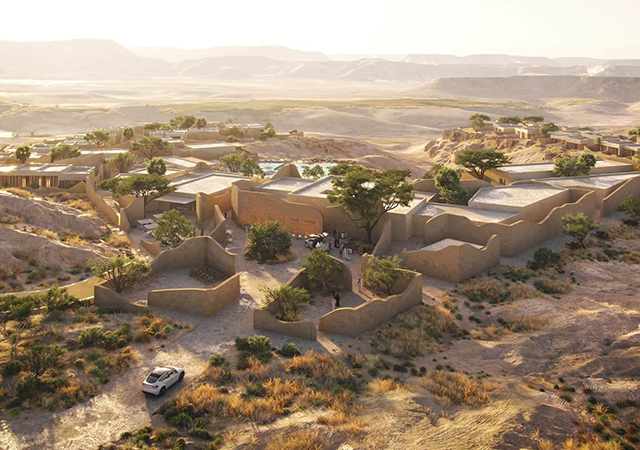
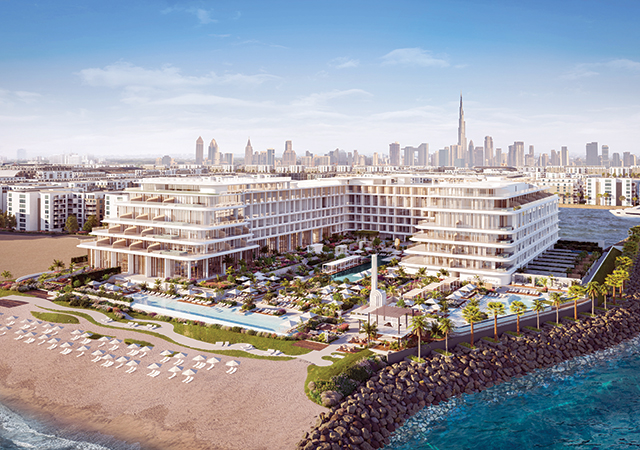


(5).jpg)



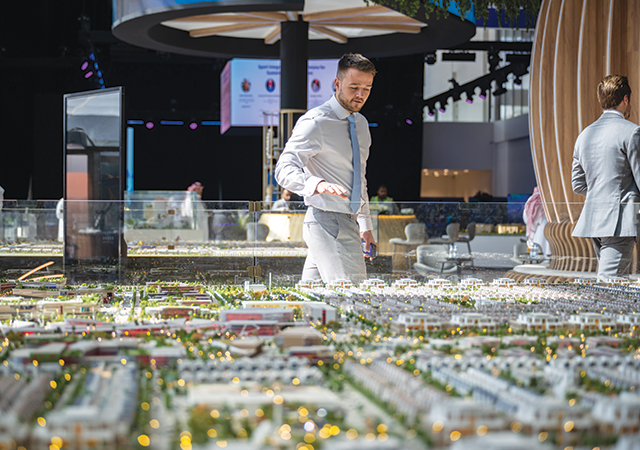
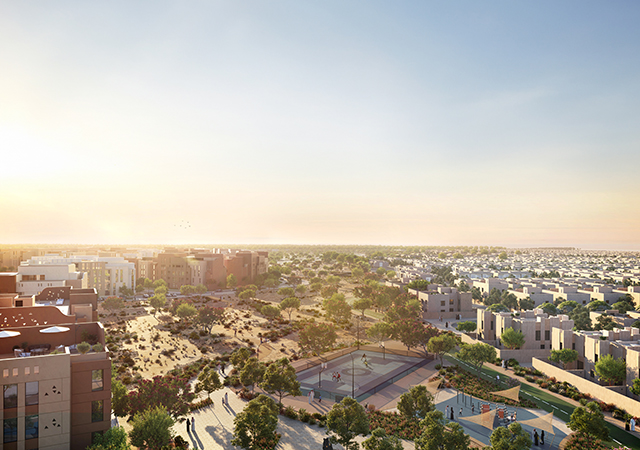
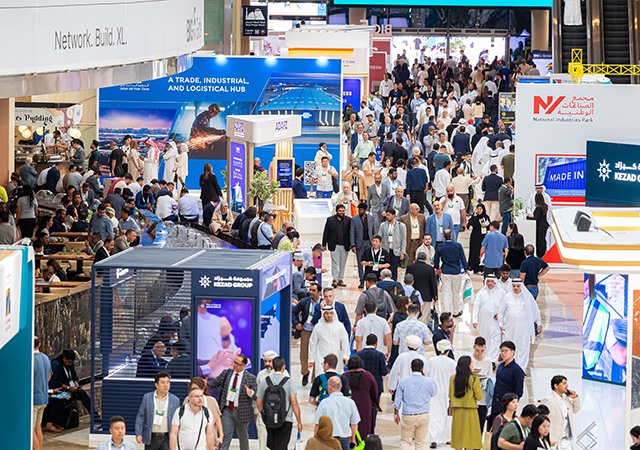
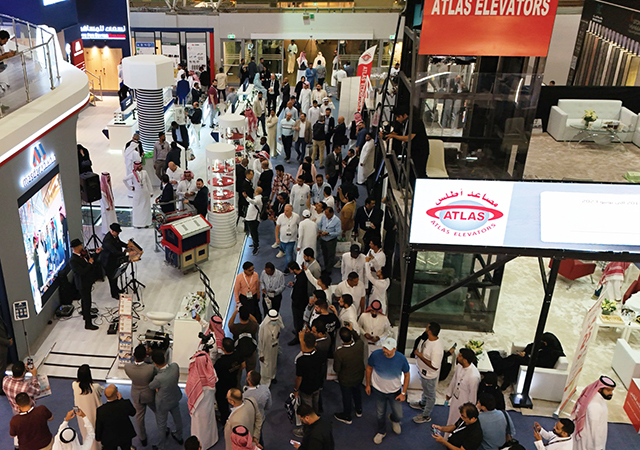
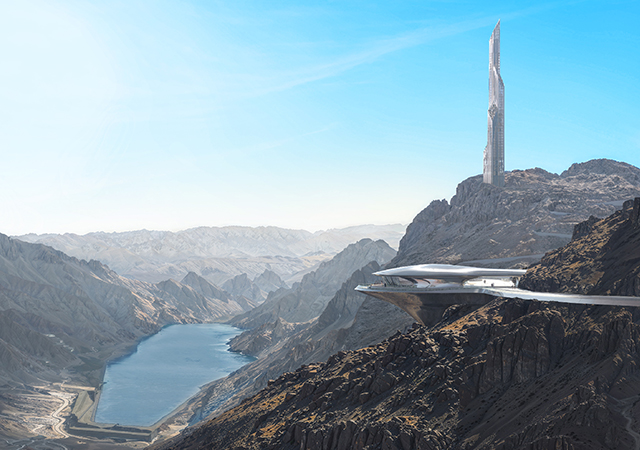
.jpg)
